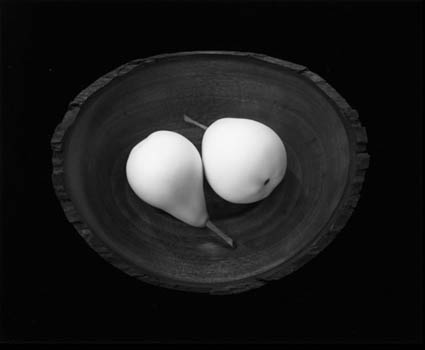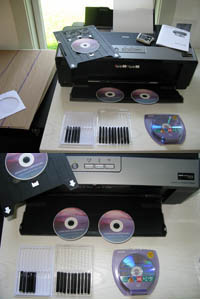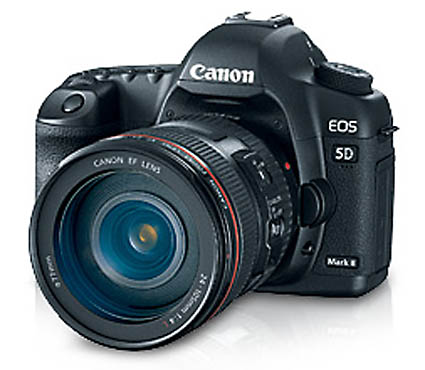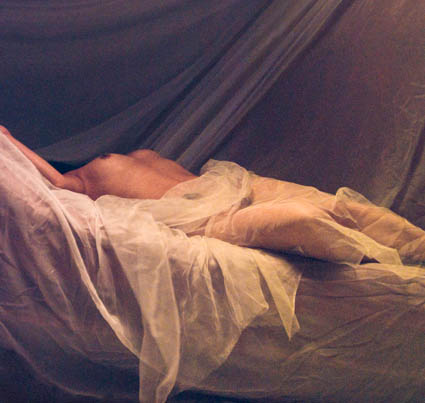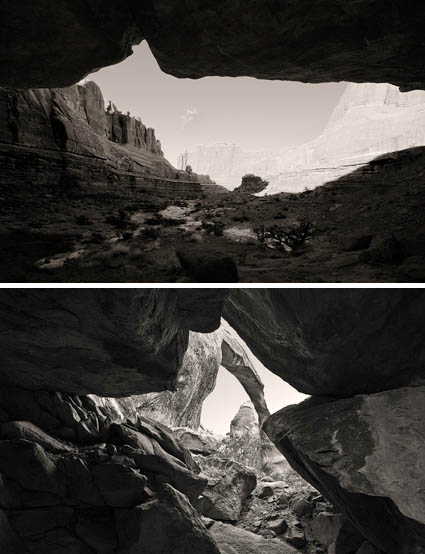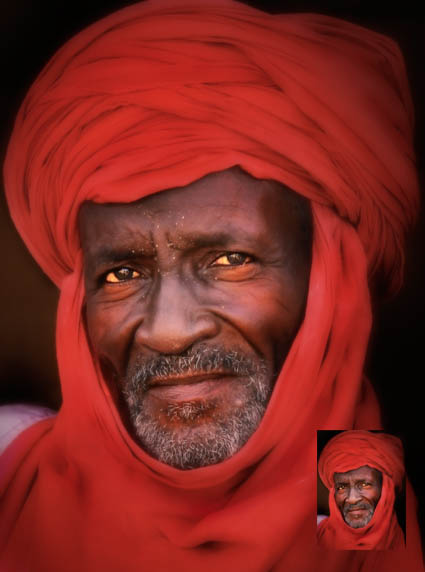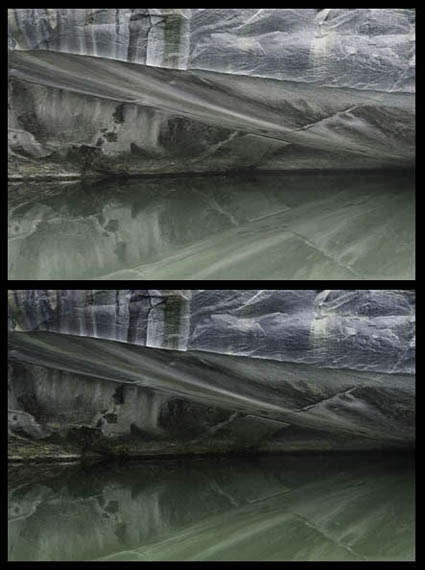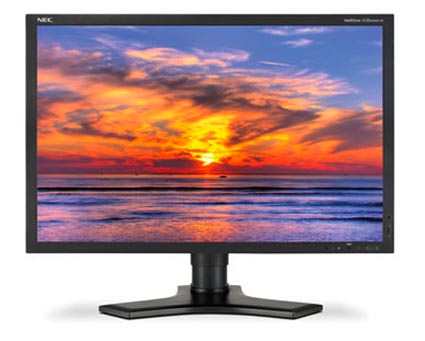Mary Virginia Swanson – Business of Fine Art Workshops / Seminars

Mary Virginia Swanson is simply the best in her field – educating photographers about the business of art. Her knowledge of the diverse markets available (gallery, stock, publishing, etc) to artists is exceptionally broad and deep. Most importantly, she’s a passionate advocate for artists; she cares deeply about their success.
Mary Virginia Swanson just announced a new workshop in her hometown Tucson, Arizona.
“This workshop, led by Mary Virginia Swanson, will provide participants with an overview of the fine art photography market and how one can effectively target galleries, collections and publishers most likely to respond to their work. An understanding of presenting work to industry professionals via competitions and portfolio review events, as well as the value of attending Gallery Expos will be discussed. Examples of successful promotional tools with be shared. Ms. Swanson will bring an extensive library of reference materials and examples of successful self-promotion examples to the Workshop to share with participants.”
How good is she? Alec soth said, “Taking a marketing workshop with Ms. Swanson was a life changing experience.” That’s high praise from a fast rising art star.
Find out about the workshop here.
Find out about Mary Virginia Swanson’s seminars here.
Find out about Mary Virginia Swanson here.
Check Mary Virginia Swanson’s blog often for a a wealth of useful information.
If you’ve attended an MVS event? Comment here!


